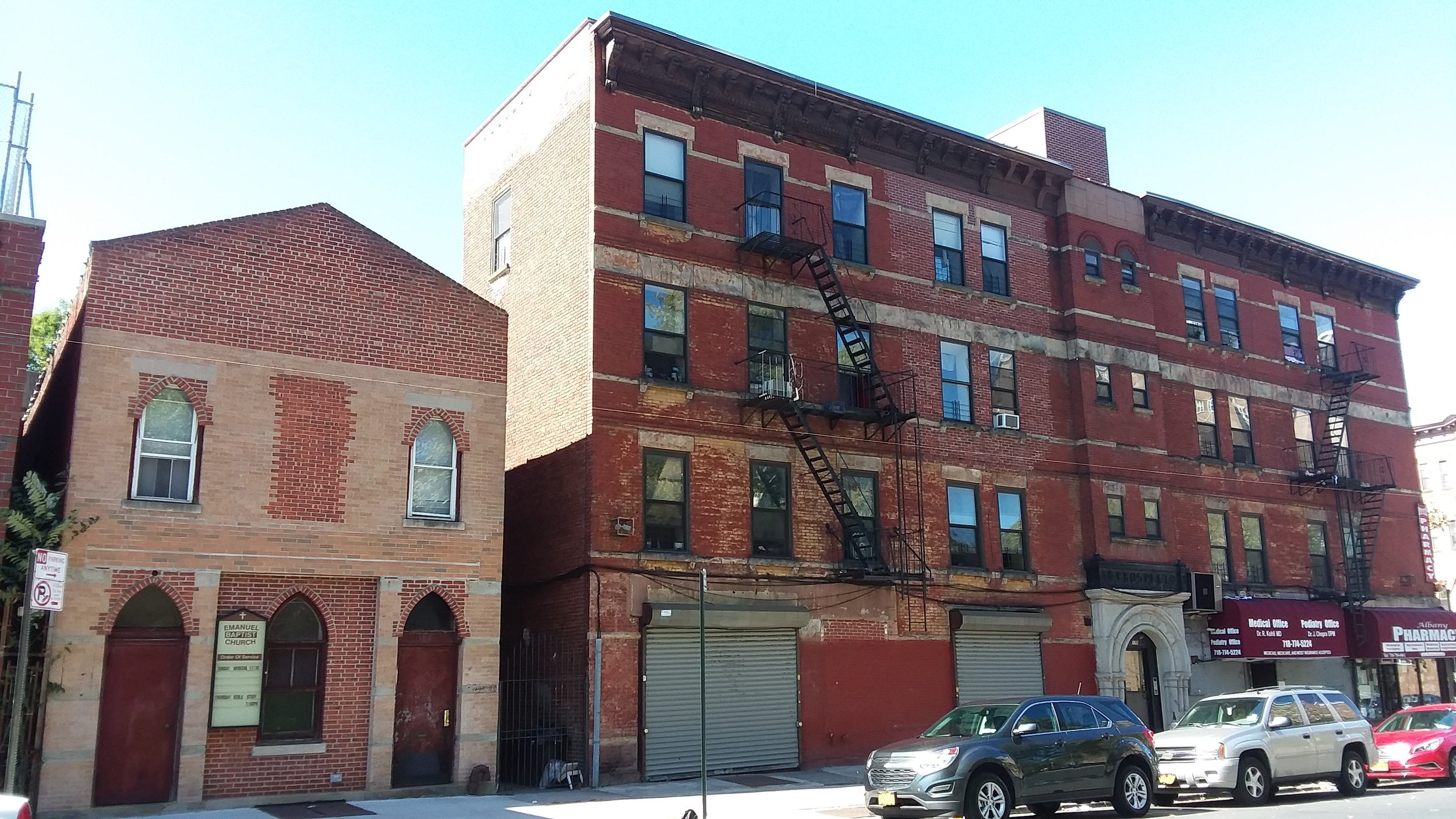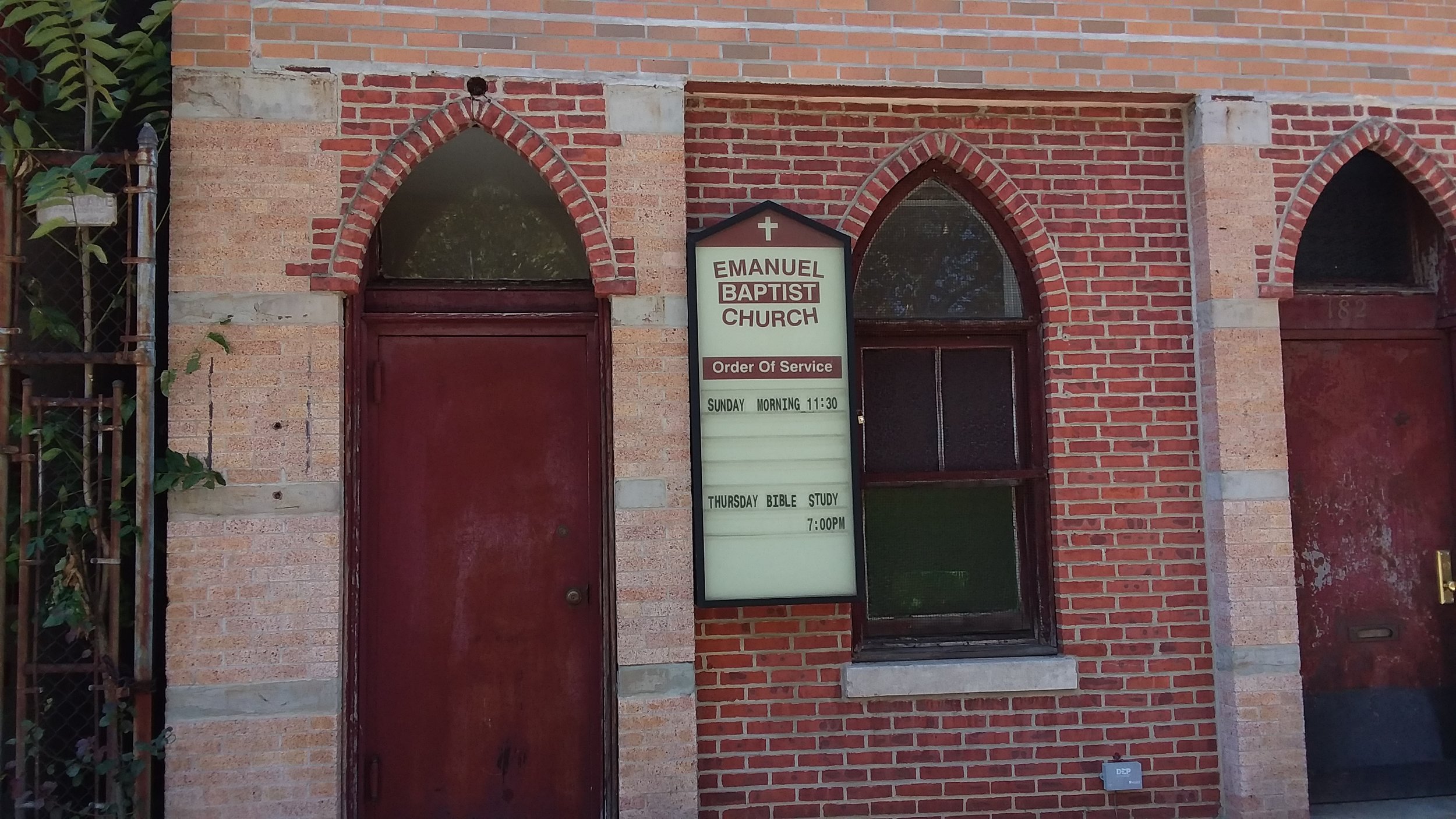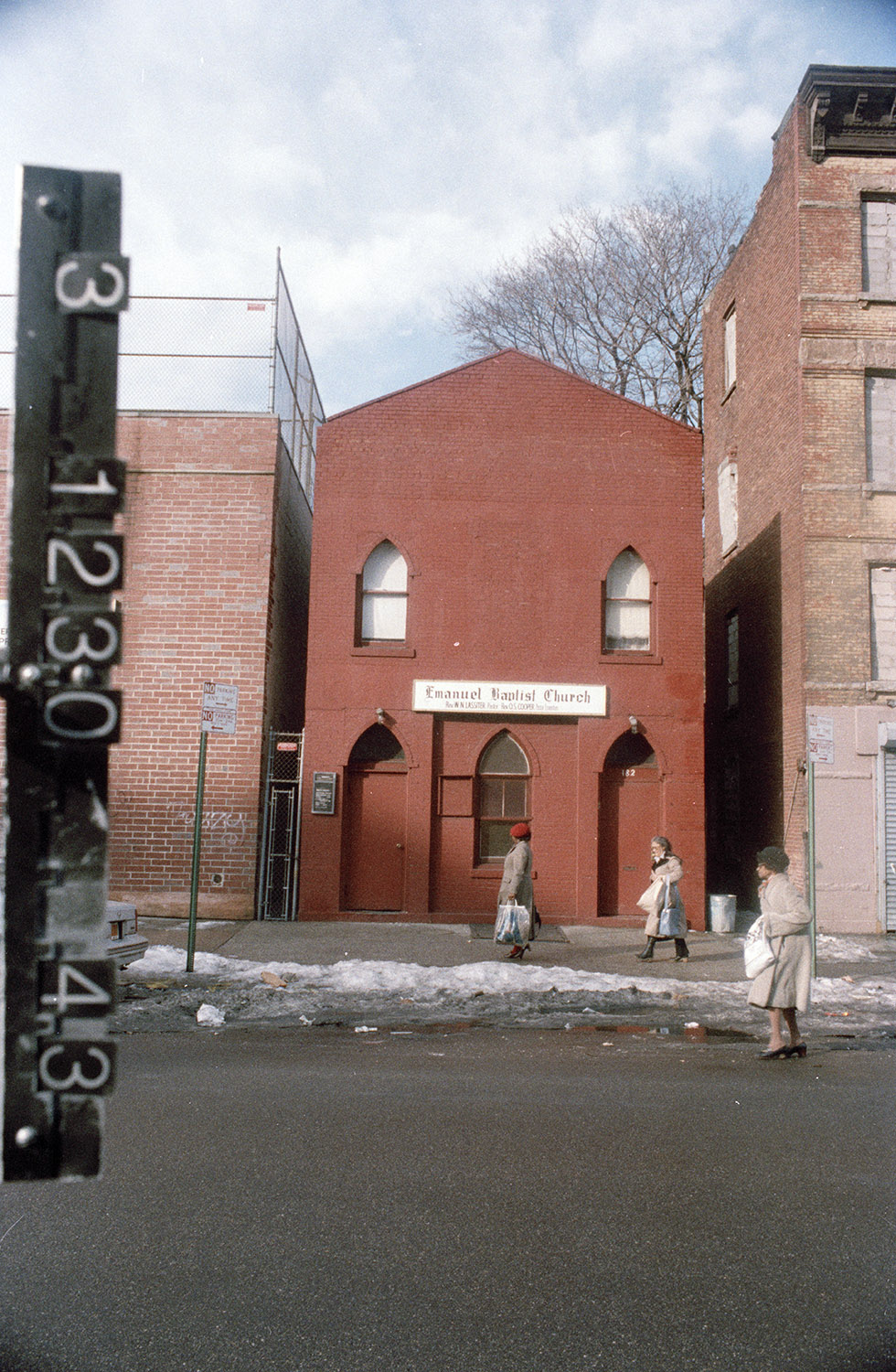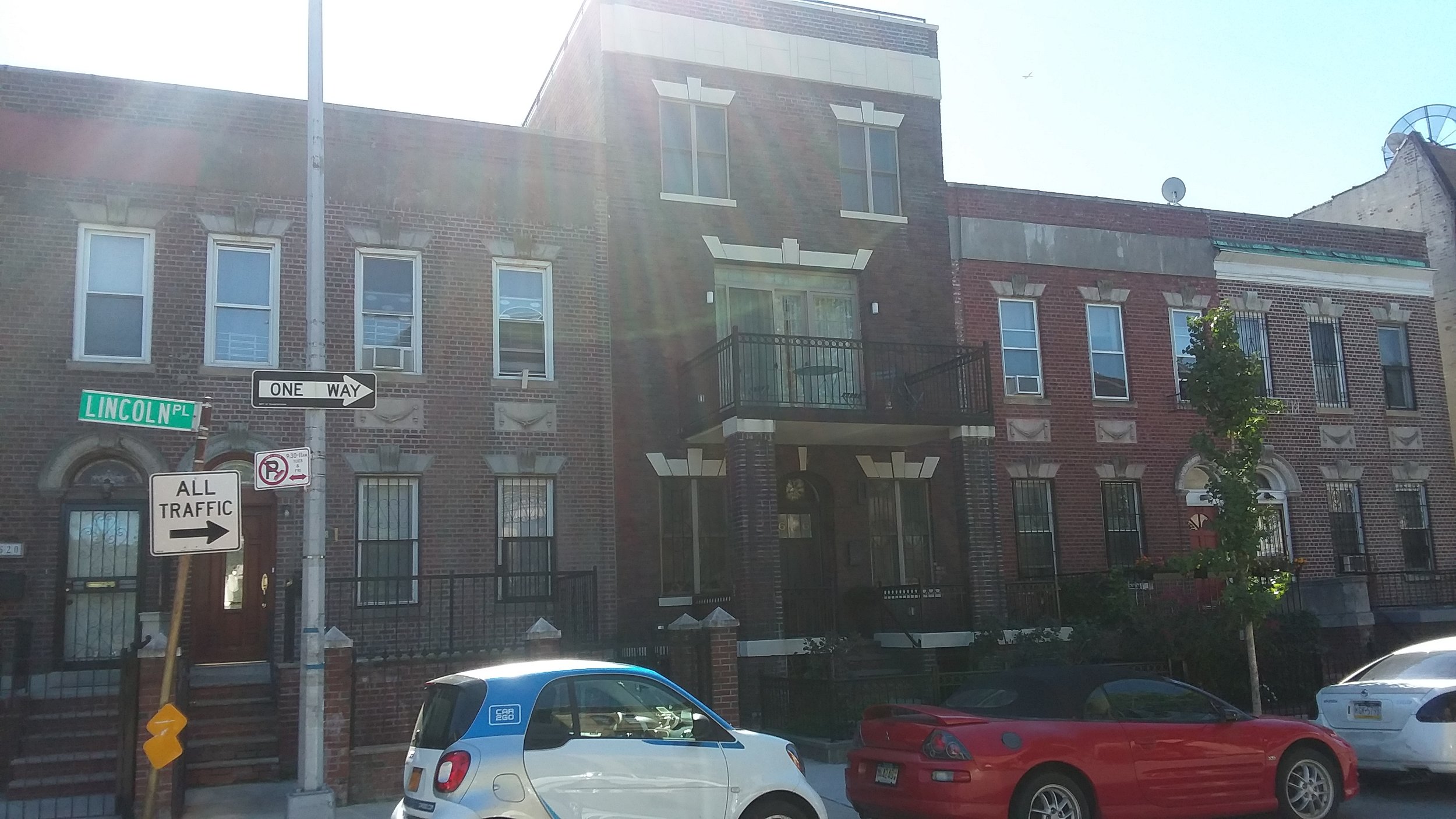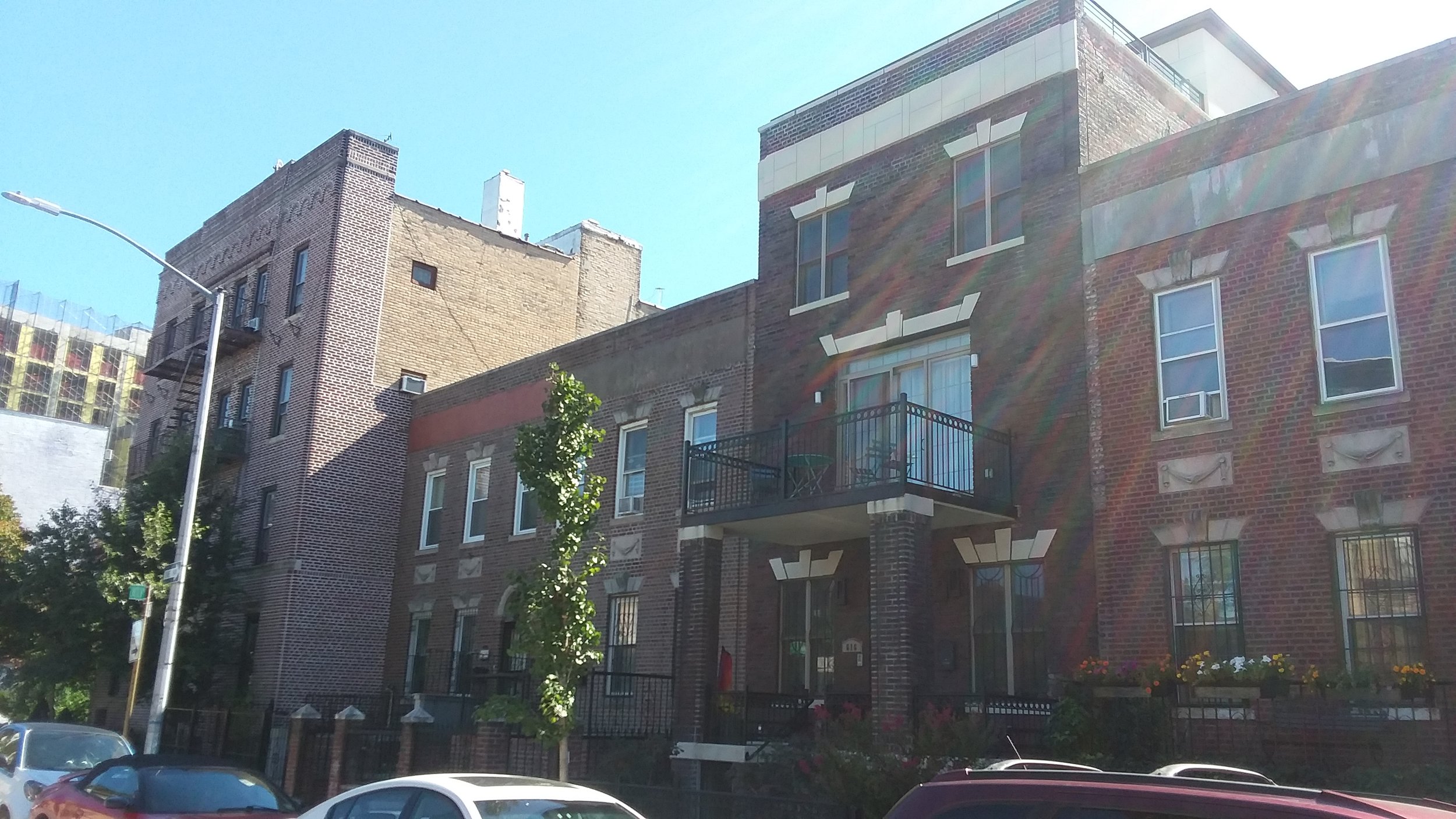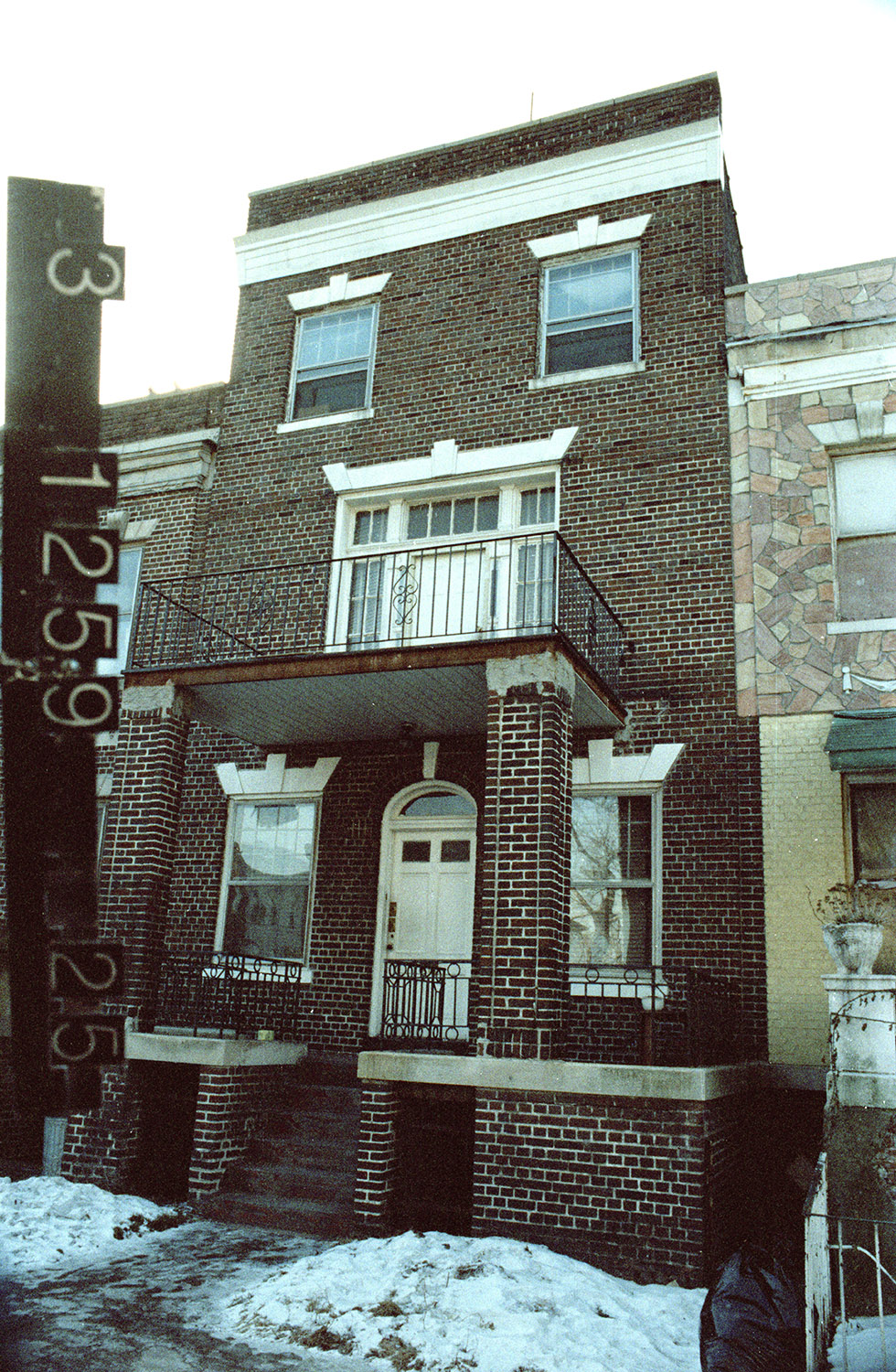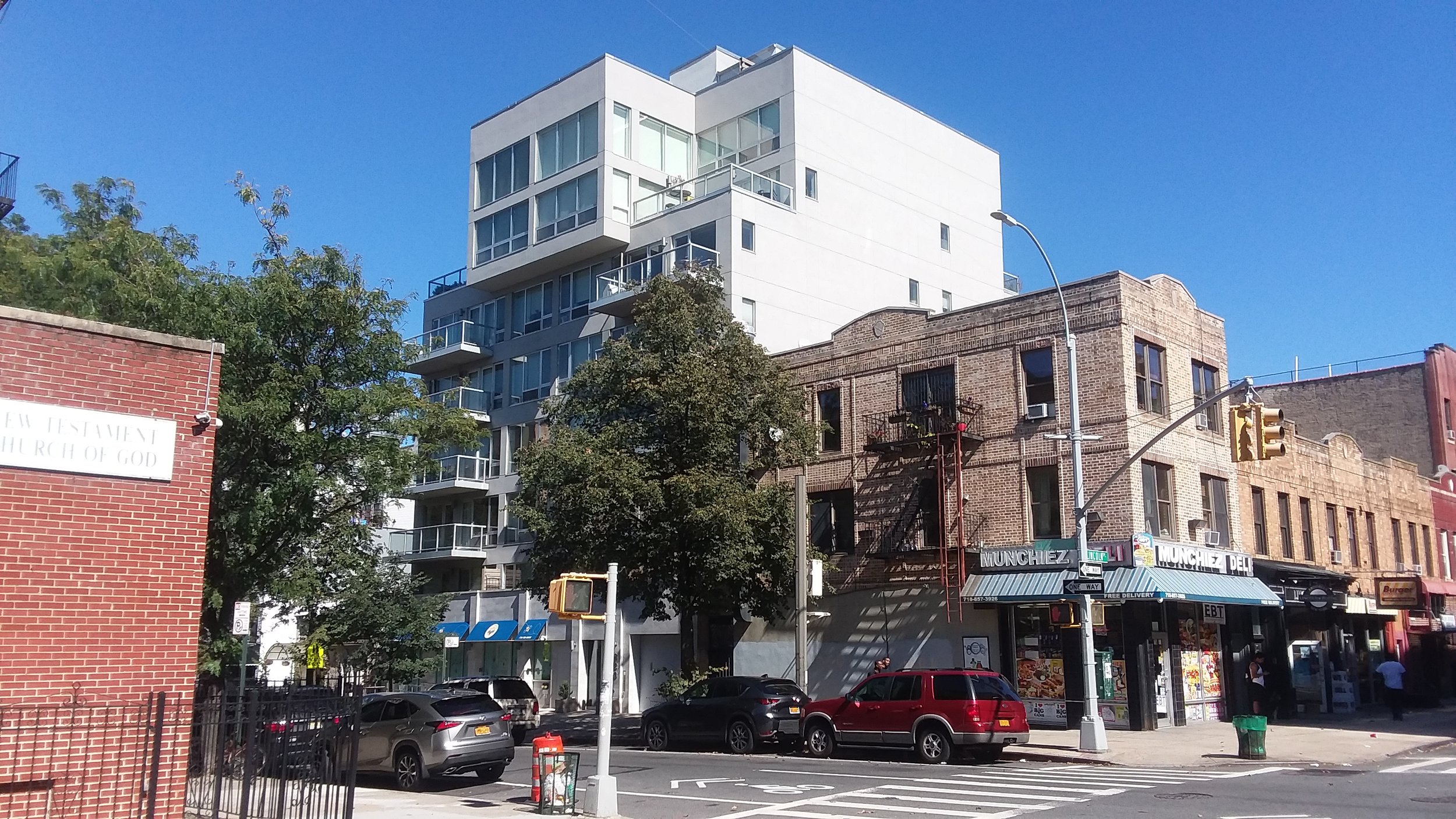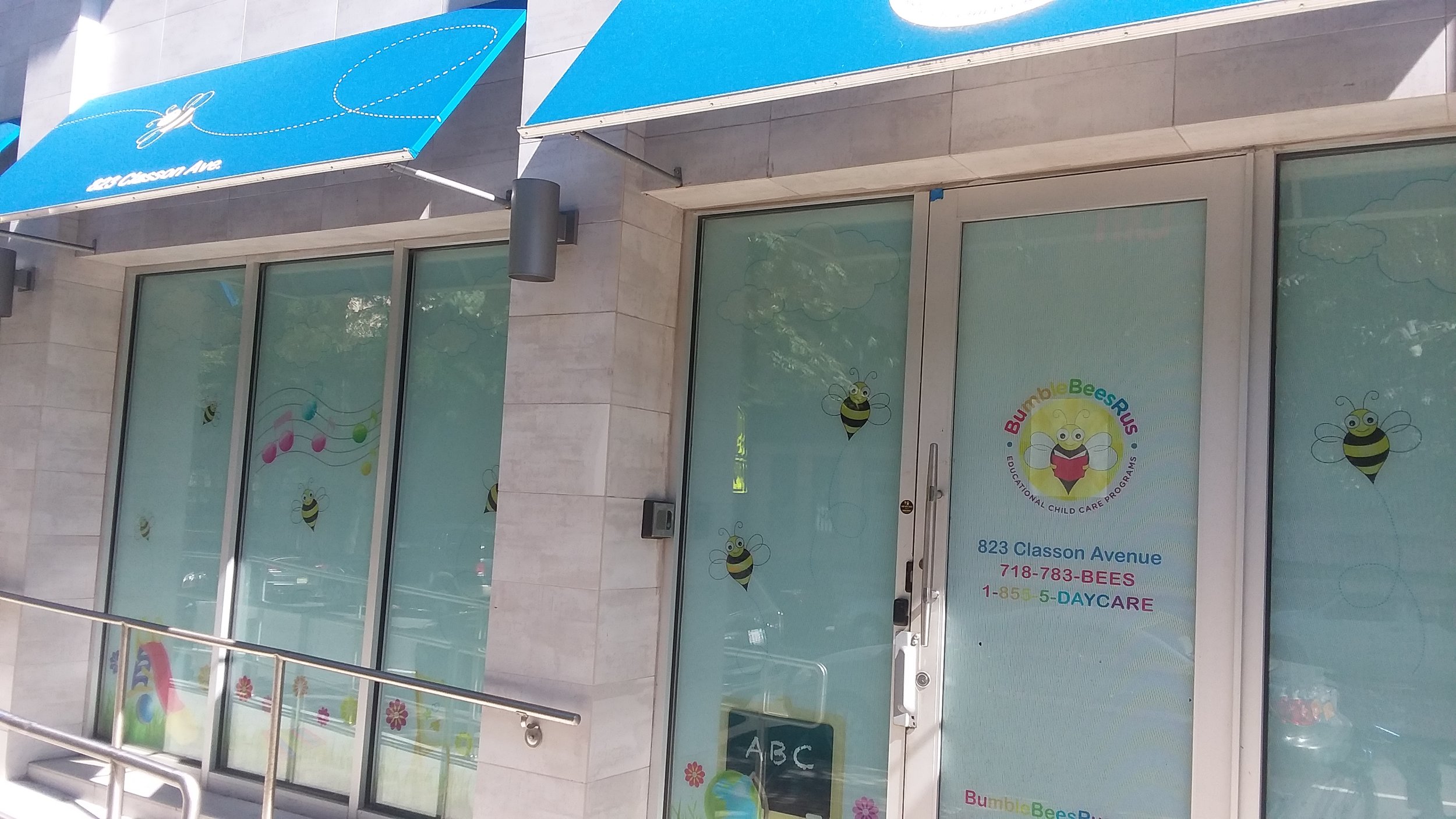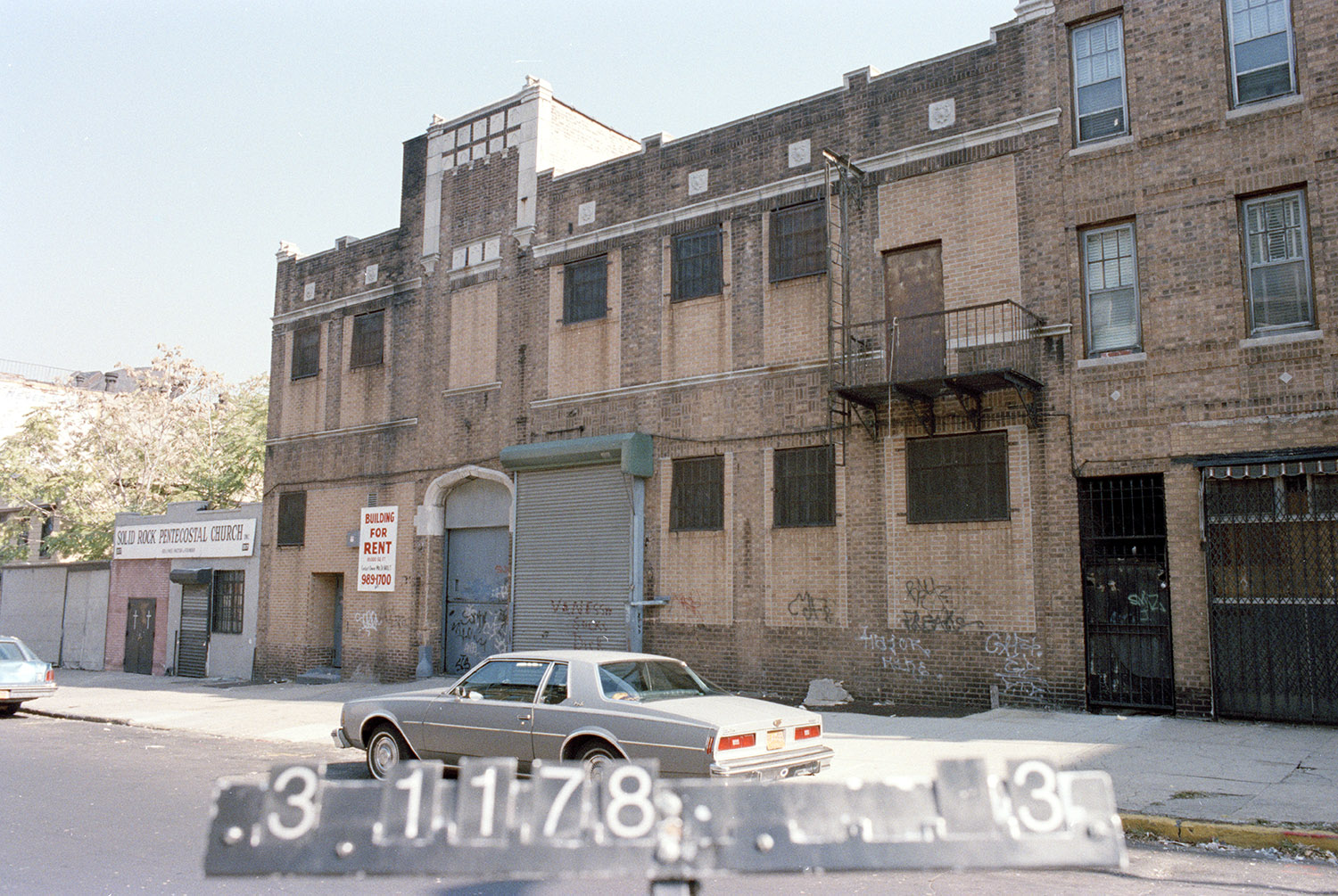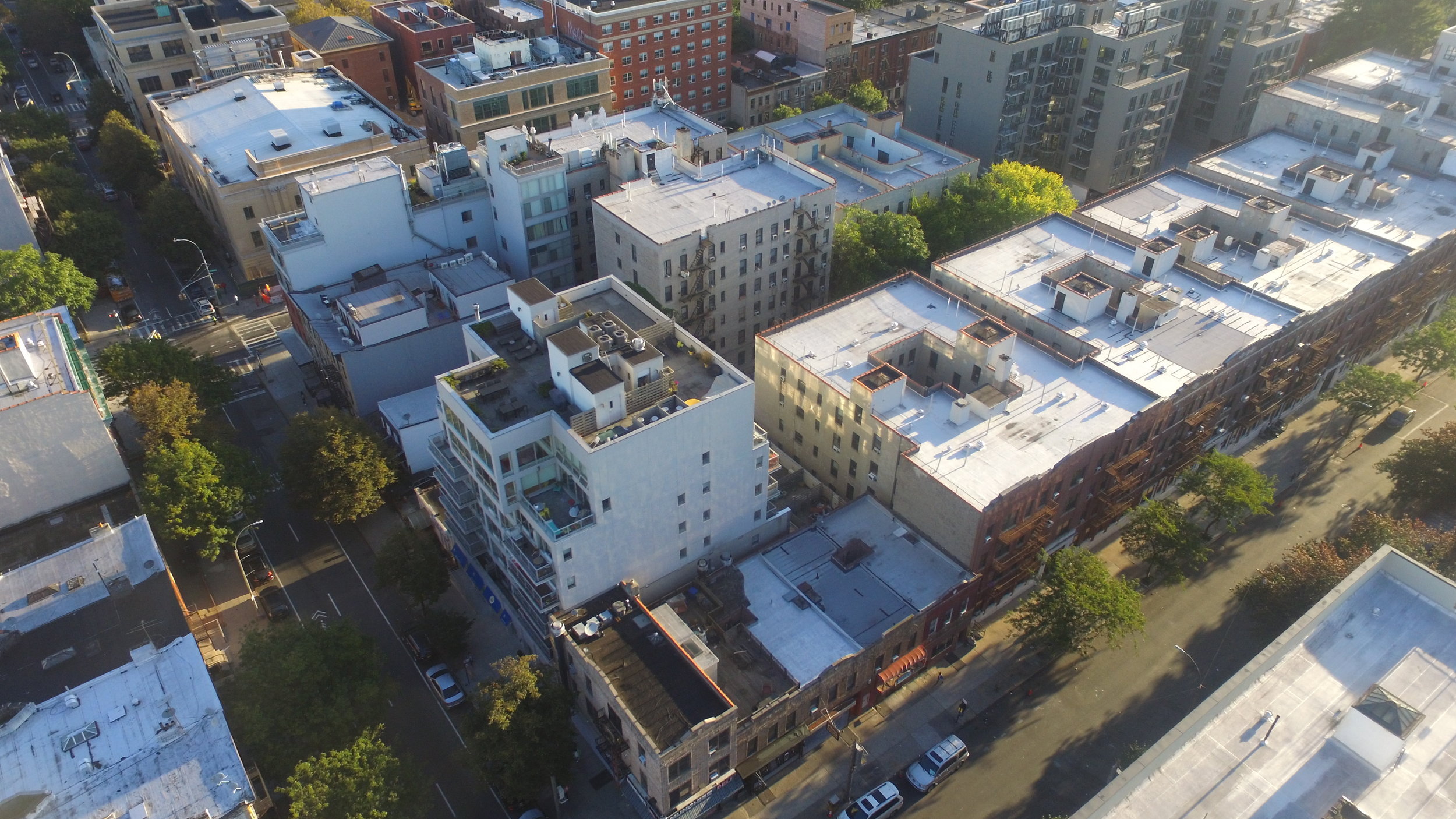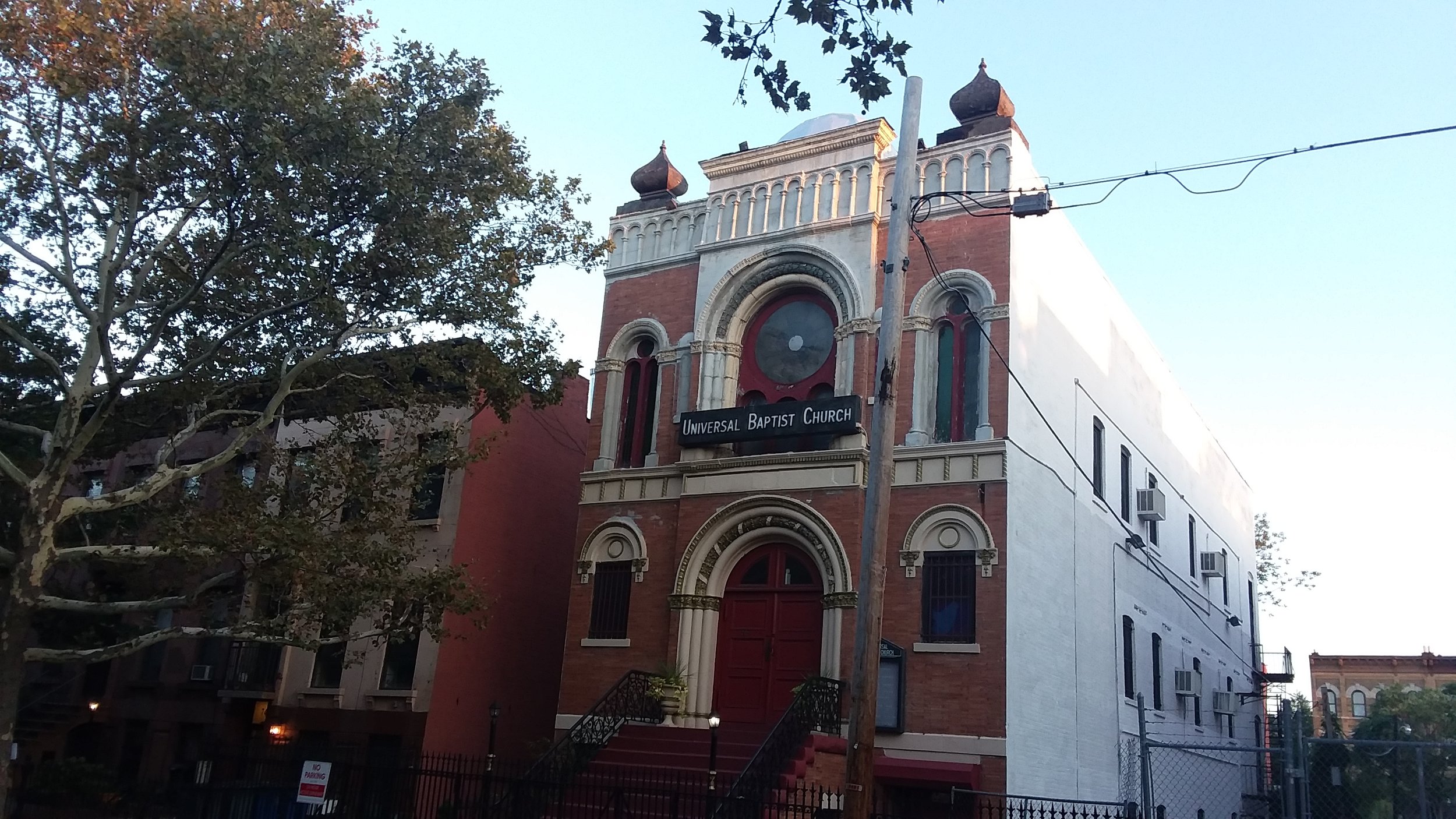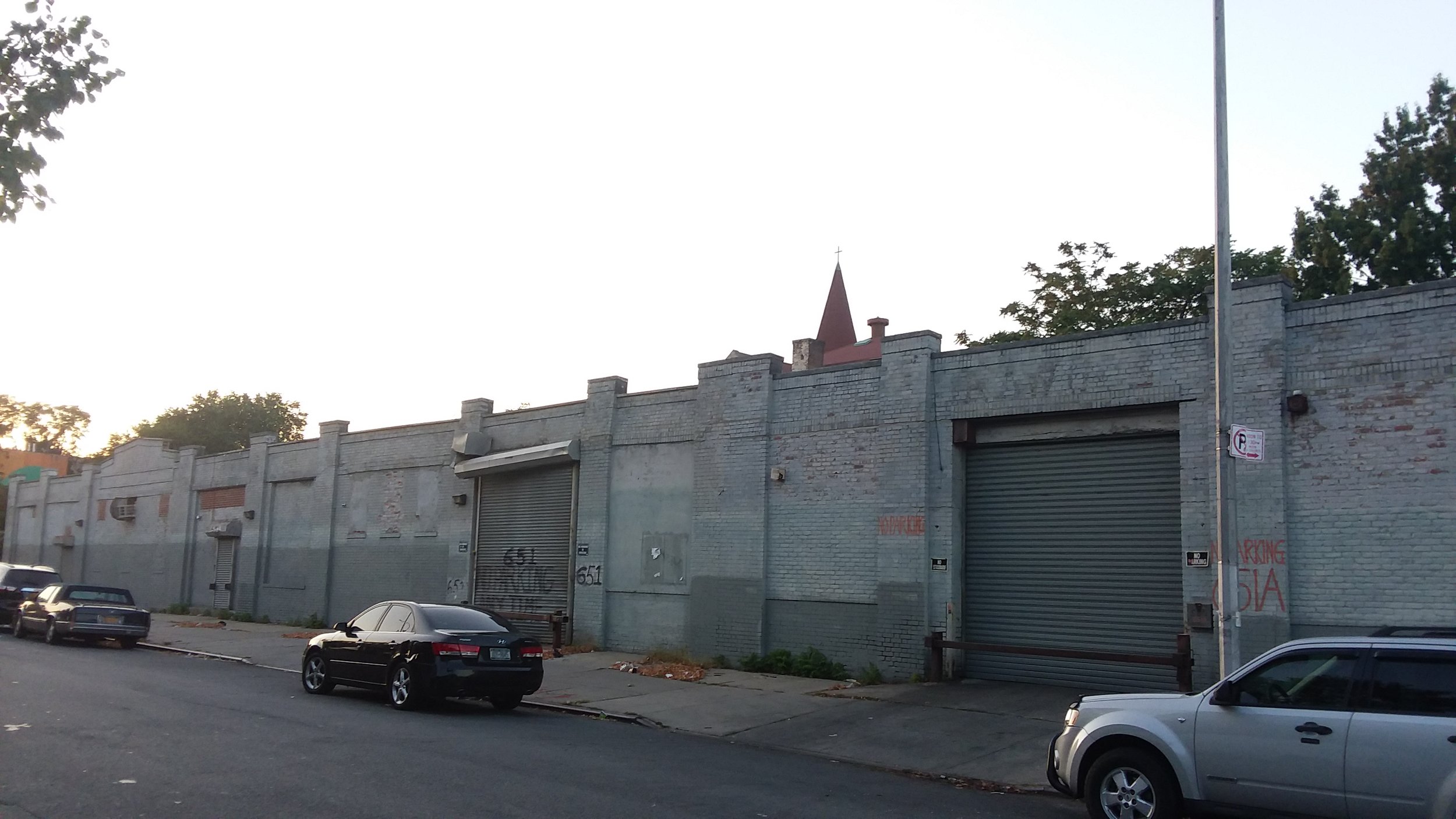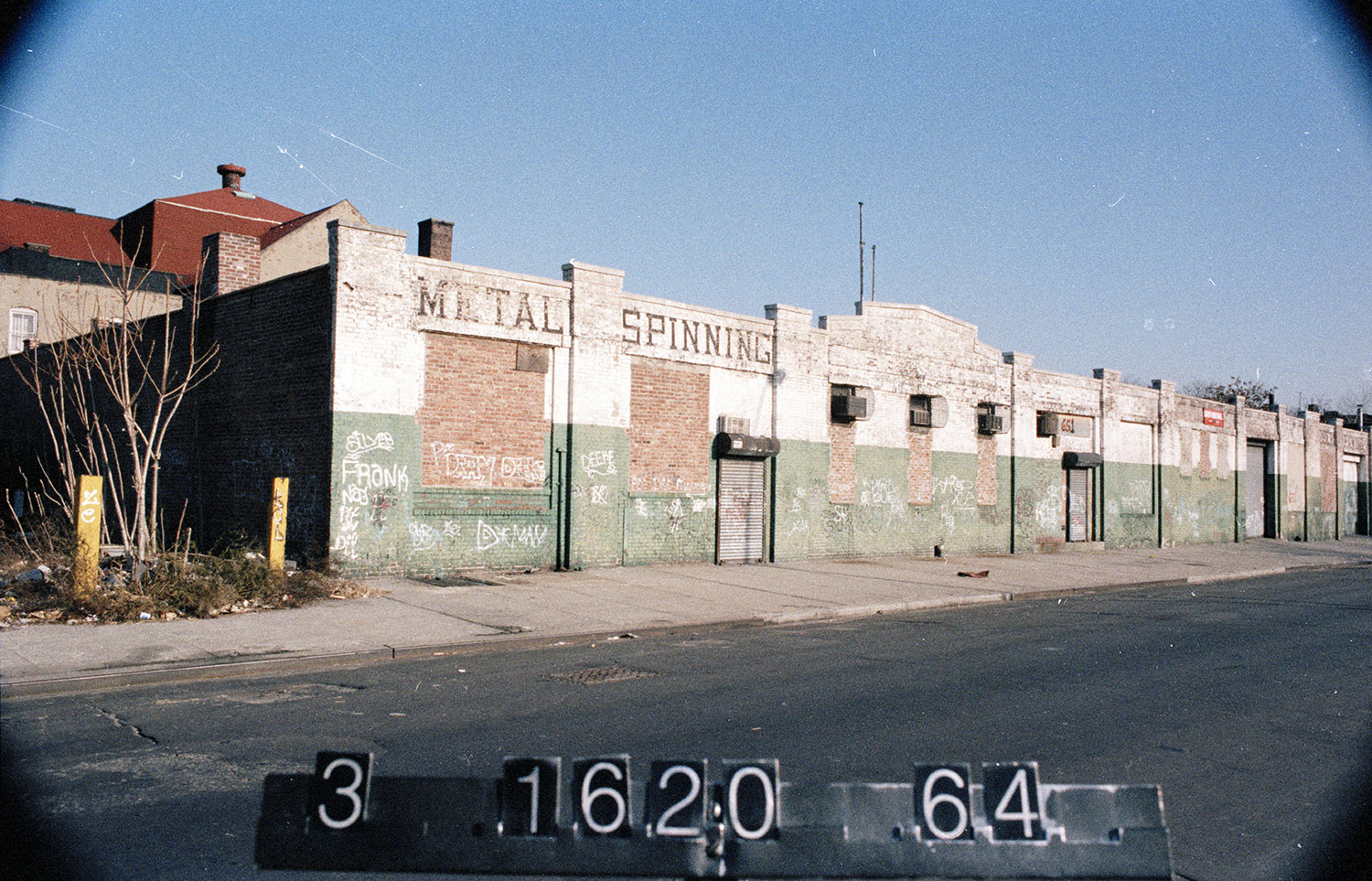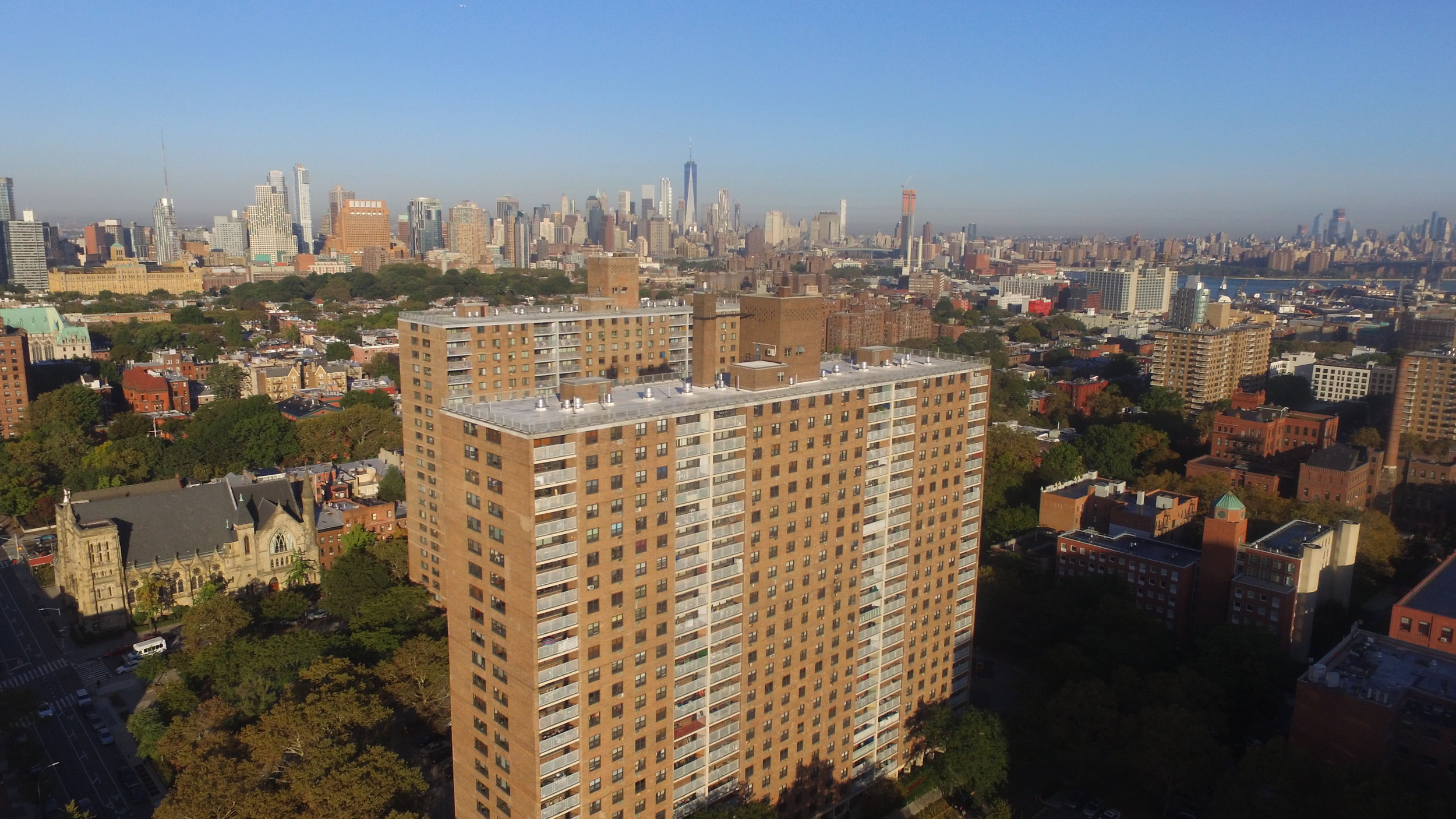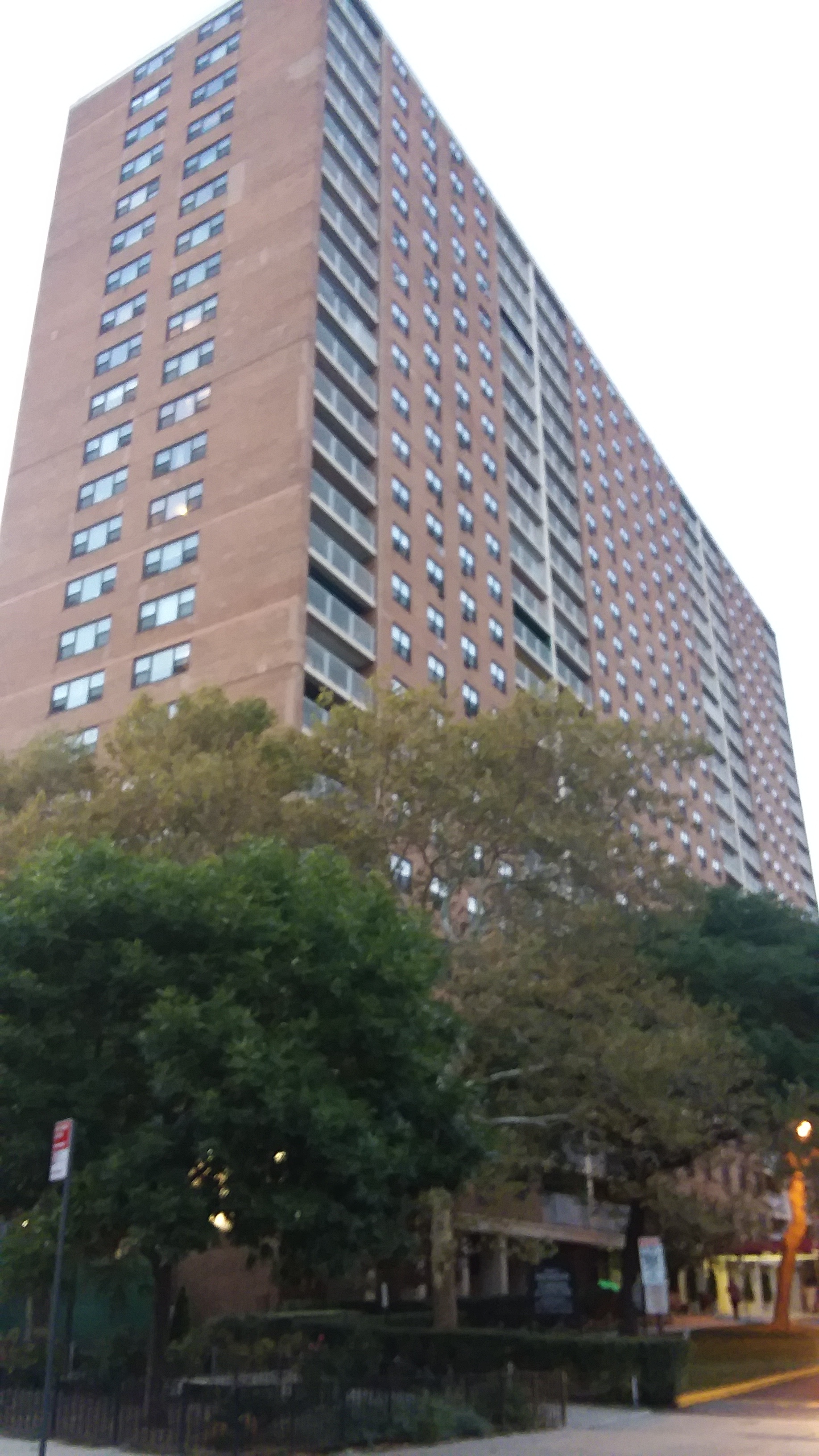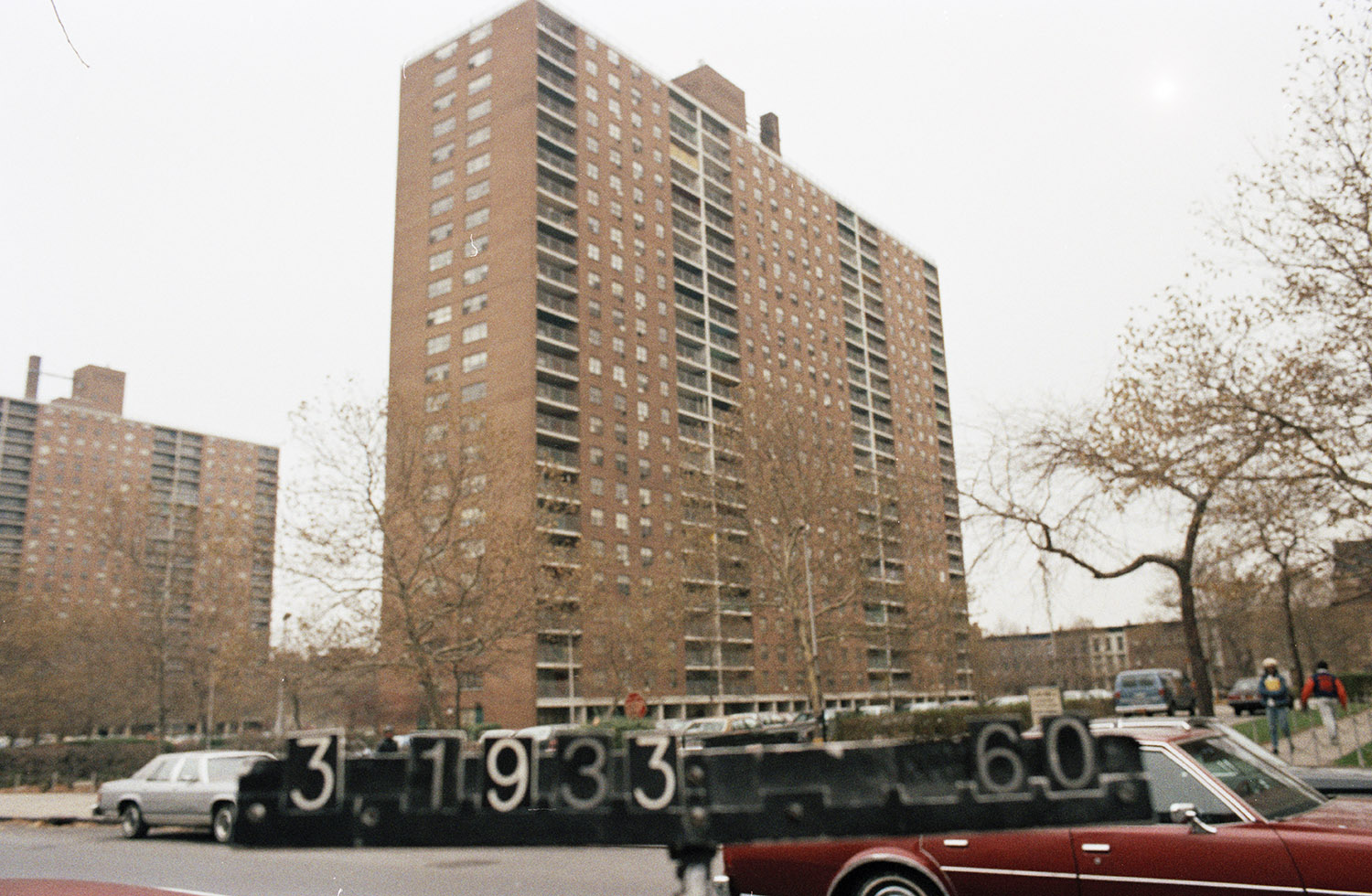Welcome back to the Urban Heartland. As I was thinking about what my last official post would be, the thought that stuck was examining some of the buildings that I’ve looked at over the years. Throughout this region, there are buildings that have a sense of having history, or are examples of the striking changes communities go through. I wanted to make sure that I selected locations that were in areas I hadn’t covered in previous posts.
87 Schenectady Ave., mid-1980s. Photo: Department of Finance collection, NYC Municipal Archives.
87 Schenectady Ave., Brooklyn, NY. Photo: Darryl Montgomery.
87 Schenectady Ave., Brooklyn, NY. Photo: Darryl Montgomery.
We will begin at 87 Schenectady Ave., Crown Heights. The location is in Weeksville, the region that is seen as the first Black community in New York City. It is like a mecca to me, and should be to people of African descent, especially those whose families were here prior to Juneteenth, June 19, 1865, which was the last day of legalized enslavement in the United States. It is now the location of the Imani Community Garden. When I was there, Becca Mason, one of the garden volunteers was dragging bags of planting materials inside. She was thrilled to talk about the project and even shared a wonderful document with us about the location. Here’s an excerpt that will supply a window into the awesome history of the location. “In 1838, James Weeks, a well-known leader in the African-American suffrage movement, bought property in present-day Crown Heights to gain citizenship and voting rights. Slavery was abolished in New York only 11 years before, and in 1838 African-American men could not become citizens or vote without owning at least $250 worth of property. Together with other African-American landowners, Weeksville was founded as a free black community dedicated to self-determination. James Weeks’ home was located near Schenectady Avenue and Dean Street, a stone's throw from where the Imani Community Garden sits today.”
87 Schenectady Ave., Brooklyn, NY. Photo: Darryl Montgomery.
The huge willow tree in the middle is in a battle for its life. Another document Becca sent me frames the plight of this tree and location. “Gentrification has set its sights on an 80-year- old, 80-foot willow tree in Weeksville, Brooklyn, the first African American community in New York City. Developers plan to cut down the tree and replace it with a seven-unit apartment building. The willow tree is part of the Imani Community Garden, run by the nonprofit New York Restoration Group (NYRP), founded by 2017 Best Actress Tony Winner, Bette Midler. Imani, which means “faith” in Swahili, is made up of 3 lots of land.” There is so much to explore about the garden and the willow tree that it could have been the sole location we went to, but we have some other places to visit. We’ll have to leave the rest for you to discover.
Standing on this Crown Heights location is the United House of Prayer. The building’s design is wonderfully ornate. But I always wondered how long it has been there and what was there before, since it obviously isn’t a structure from the 1800’s. The pictures speak volumes about that story.
1323 Park Pl., mid-1980s. Photo: Department of Finance collection, NYC Municipal Archives.
As we continue our journey, we come to 1264 Prospect Pl., which is in Crown Heights. mid-1980s. Photo: Department of Finance collection, NYC Municipal Archives.
Nestled between two older buildings is a building that fits the new style of buildings going up throughout the region. After the region was rezoned for height, the skyline and overall views have been negatively affected. This part of Brooklyn has always been special because it is in the heart of NYC’s largest borough, yet its tree lined streets and lower buildings provide an unmatched view. That view may be greatly altered in another 50 years. That is a point often stated, yet overlooked in the average discussion about building taller buildings, which is why the rezoning eventually goes through. I think back to the changes to 6th Ave. in Manhattan over the last 30 years where four and six story walk-ups morphed into a canyon of towering glass buildings. Will this be the fate of our region? Only time, and the participation of the communities, or the lack thereof, will decide.
Here we find another of the small churches that are seemingly located every few blocks throughout the Urban Heartland. The lifespan of the Emanuel Baptist Church may be in question as elders pass on. Just like other communities around the US, younger people find other means of obtaining spiritual enlightenment.
Here we see an example of new architecture designed to fit more cohesively with the existing architecture, although the height level is increased. But, looking to the east of 616 Lincoln Pl,. Crown Heights, we see a looming structure being built. It may represent what may be built in future years, as housing stock ages.
Across the street from the famous Brooklyn Children’s Museum is this structure that obviously has historic resonance. Brownstoner states, “At the time the house was built, this part of Brooklyn was still considered the suburbs, and was sparsely settled by those seeking a quiet retreat away from the big city, but still accessible by train or coach. This area fit the bill nicely. While most of the other country villas in the area were wood framed houses, Dean Sage’s very solid stone mansion was the most impressive of all.”
Some stark changes jump out more prominently than others. 823 Classon Ave., our last stop in Crown Heights, stands tall among its neighbors. It illustrates the new look of residential housing with commercial space on the ground floor or lower floors. What once stood here is now spirit. Like 6th Ave., it will fade as the people who remember it pass on. This is the strength of the archives. They preserve memories and ideas long after the people and places are no longer able to speak for themselves.
Roaming into Bed-Stuy, this cute building has such a quaint stature. I believe the combination of its height and the driveway next to it will seal its fate and it will be raised to the ground. As Brownstoner asserts, it looks unchanged from when it was built. In addition and as usual, Brownstoner provides us with the unassuming historic relevance of this building. “By 1940, the house was owned by John Cashmore, a furniture manufacturer and Brooklyn Democratic politician. He lived here with his wife and son. That year he was elected to the office of Brooklyn Borough President, a job he held from 1940 until 1961, at 21 years, one of the longest lasting Brooklyn Borough presidents.” Wow! Didn’t see that coming.
The places of worship have always fascinated me. They are so varied, it provokes the thoughts of those who wanted them and saw them as a place of solace. This building is listed as one of the “Lost Synagogues of Brooklyn.” Though its grandeur might be tarnished, its essence and history still resonate.
Here we see an example of architecture designed, seemingly in revolt from the existing housing stock. Its fortress-like exterior shocks one into modernity. Will this design eventually replace the ornate structures and craftsmanship of old? Those reading this in 2117 certainly know the answer.
Among the many buildings that once buzzed with workers and now seem to be used by fewer people, this one has an almost spirit-like vibe. Built in 1932, you can envision someone parking their Model T in front of it on the way to work.
When I see buildings like this, I think about the people moving into it brand new, with all the hopes of anyone entering a new phase of life as home owners. Sometimes a thought saddened as we look at another dream deferred.
We end our journey where my life in NYC began. As a child, I would visit this Clinton Hill building to see my grandmother, Perline Ford, and my aunt, Geraldine Daughtry. They were on my Mom’s side of the family. Aunt Gerry died in the early 2000’s. Luckily, her last image of me was seeing who I would become as a fully-formed adult. She was my only living family member where that would be the case. Built one year prior to my birth, this building houses the spirits of my childhood. It reminds me how much I loved and respected my Brooklyn ancestors here, in Bed-Stuy, Coney Island, and Long Island, not to disrespect the memory of my fave relative, Janet Brown, on my father’s side of the family on the New Jersey shore. Living here brings me in the spirit of my familial and ethnic ancestors, and the spirit of Weeksville, one of the first Black communities focused on self-determination. It constantly encourages me to act and engage the community in a way where the ancestors and spirits all would be proud.
I hope our six-stage journey has been as exciting and informative for you all as it has been for me. We will certainly keep roaming the Urban Heartland, seeking out that which the past has left for us.
Till we meet again, as always...in peace,
Darryl







